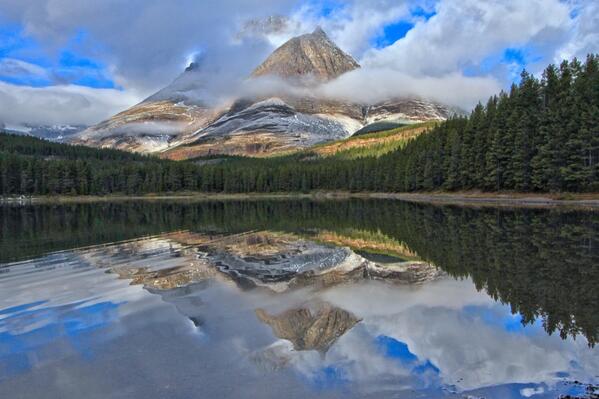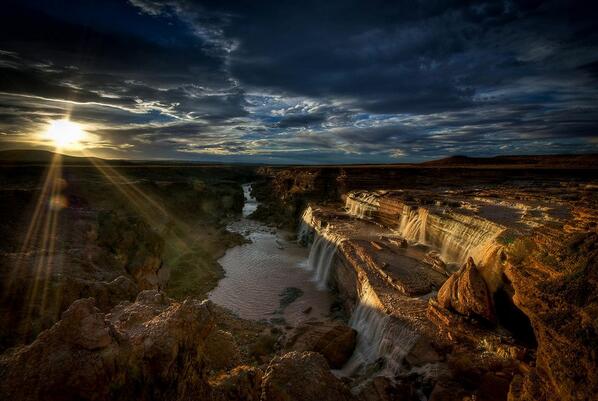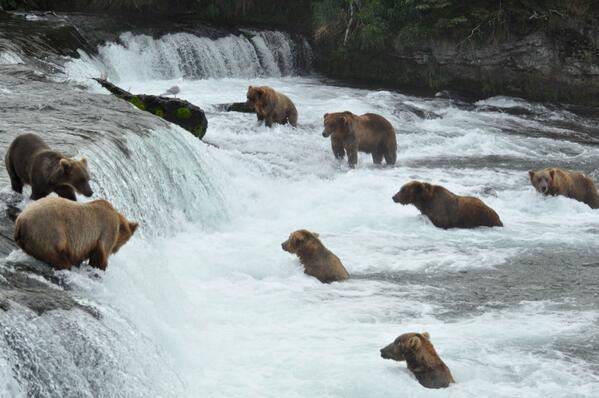A guy speaking on Flag Day. Unremarkable, except, look at the year, look at the audience.
![Caption from the Library of Congress: Flag Day exercises, State, War, and Navy Building. Wilson speaking; Bryan, Daniels, [Breckinridge Long], William Phillips, F.D. Roosevelt, etc. present](https://i0.wp.com/lcweb2.loc.gov/service/pnp/hec/04300/04395v.jpg)
Caption from the Library of Congress: Flag Day exercises, State, War, and Navy Building. Wilson speaking; Bryan, Daniels, [Breckinridge Long], William Phillips, F.D. Roosevelt, etc. present
Flag Day was marked in 1877 by a few hundred Americans, fresh from celebrating the nation’s centennial, on the centennial date of the resolution from the Second Continental Congress that designated the flag, with stars and stripes. Pushed by history teachers who used the celebration as a teaching tool, unofficial ceremonies continued across the nation.
President Woodrow Wilson — himself a professor of history and politics — issued a proclamation for a national celebration to continue each year, in 1916.
This photo was taken two years before that proclamation, in the centennial year of the “Star-spangled Banner.”
Professional photographers Harris & Ewing captured Wilson in mid-speech, in declamation form without a public address system or any other amplification. (I wonder: Who was the first president to use a microphone and amplification?)
Reporters for newspapers, and maybe an official scribe, work to capture Wilson’s speech in text form; Wilson was probably speaking extemporaneously, without a prepared text. Whatever Wilson said, his remarks were not captured officially in Presidential Papers, though they may be available in other venues (behind a paywall for me). Wilson’s speech, delivered at 4:00 p.m., was titled “The Meaning of the Flag.” A few snippets from the speech suggest that it was mostly a diatribe that whipped up sentiment against German immigrants in America, ultimately ending in violence against many U.S. citizens and residents.
The platform was the steps of the State, War and Navy Building, now the West Executive Office Building next door to the White House. Then the building housed three departments; today State has its own complex in Foggy Bottom, a few blocks away; War was renamed Defense after World War II, and moved across the Potomac to Virginia, to the Pentagon, where the Navy’s chief offices also reside.
On the platform with Wilson were his Secretary of State, William Jennings Bryan, former Congressman from Nebraska who ran for the presidency six times, most famously capturing the nomination of the Democratic Party in 1896 with this “Cross of Gold” speech; and immediately to the left of Wilson in the photo is his young Assistant Secretary of the Navy, Franklin D. Roosevelt, who would go on to be crippled by polio, then elected Governor of New York and, in 1932, President of the U.S.
In the photo above, Bryan is almost wholly cut out, on the extreme left edge.
Others on the stand include William Phillips, sitting on Roosevelt’s right, though a chilly couple of feet away; Breckinridge Long, to Phillips’s right; and Secretary of the Navy Josephus Daniels, in a light colored suit, to Long’s right and Bryan’s left.
You won’t find William Phillips in most history books, but he played important roles in American state affairs for four decades. Returning early from an assignment in London in 1912, he booked passage on the RMS Olympic, avoiding passage on the grander, RMS Titanic a week later. An odd little history of the Olympic gives a great, brief description of Phillips’s career:
A career diplomat, he would shortly go on to work closely with Woodrow Wilson and to be involved in the latter’s 14-point peace plan following the Great European War.
Wilson made him an Assistant Secretary of State, and Phillips would later be Ambassador to Italy at the time of Mussolini. Later in the war he became London head of the Office of Strategic Services (OSS, forerunner of the CIA), and would come into contact with an operative named Walter Lord.
Breckinridge Long also held important posts over 40 years, but his legacy is much less happy. As Assistant Secretary of State for Visas during World War II, Long set up obstacles to U.S. immigration by people who were threatened by Nazi governments in European nations, sometimes countermanding orders from President Franklin Roosevelt.
Josephus Daniels, son of a southern shipbuilder murdered for his Union sympathies during the Civil War, published newspapers in North Carolina most of his life. President Wilson appointed him Secretary of the Navy, where he became close friends with his Assistant Secretary Franklin Roosevelt; FDR appointed Daniels Ambassador to Mexico. Among Daniels’s newspaper holdings was the Raleigh News and Observer. An opponent of the Ku Klux Klan, Daniels argues for white supremacy, and claimed that African Americans would block progressive reforms.
No, “cup of joe” is not a reference to Josephus Daniels and his order banning alcohol from Navy officers’ messes.
On that speaker’s stand, on Flag Day, 1914, were the president and a future president, experience dating back to the Civil War and future leadership through the end of World War II. Interesting photo.
Your flag is already flying for Flag Day, right?

Absent in most photos of the dignitaries at Wilson’s speech: The U.S. flag. This photo, from farther back, shows the U.S. Marine Band, which played for the occasion, and the U.S. flag on the main pole in front of the State, War and Navy Building. William Jennings Bryan is more clearly shown, also, on the left of the row of seats behind Wilson. Photo from the Lincoln Highway National Archives and Museum.
Spread the word; friends don't allow friends to repeat history.




 Posted by Ed Darrell
Posted by Ed Darrell 








![Caption from the Library of Congress: Flag Day exercises, State, War, and Navy Building. Wilson speaking; Bryan, Daniels, [Breckinridge Long], William Phillips, F.D. Roosevelt, etc. present](https://i0.wp.com/lcweb2.loc.gov/service/pnp/hec/04300/04395v.jpg)



















